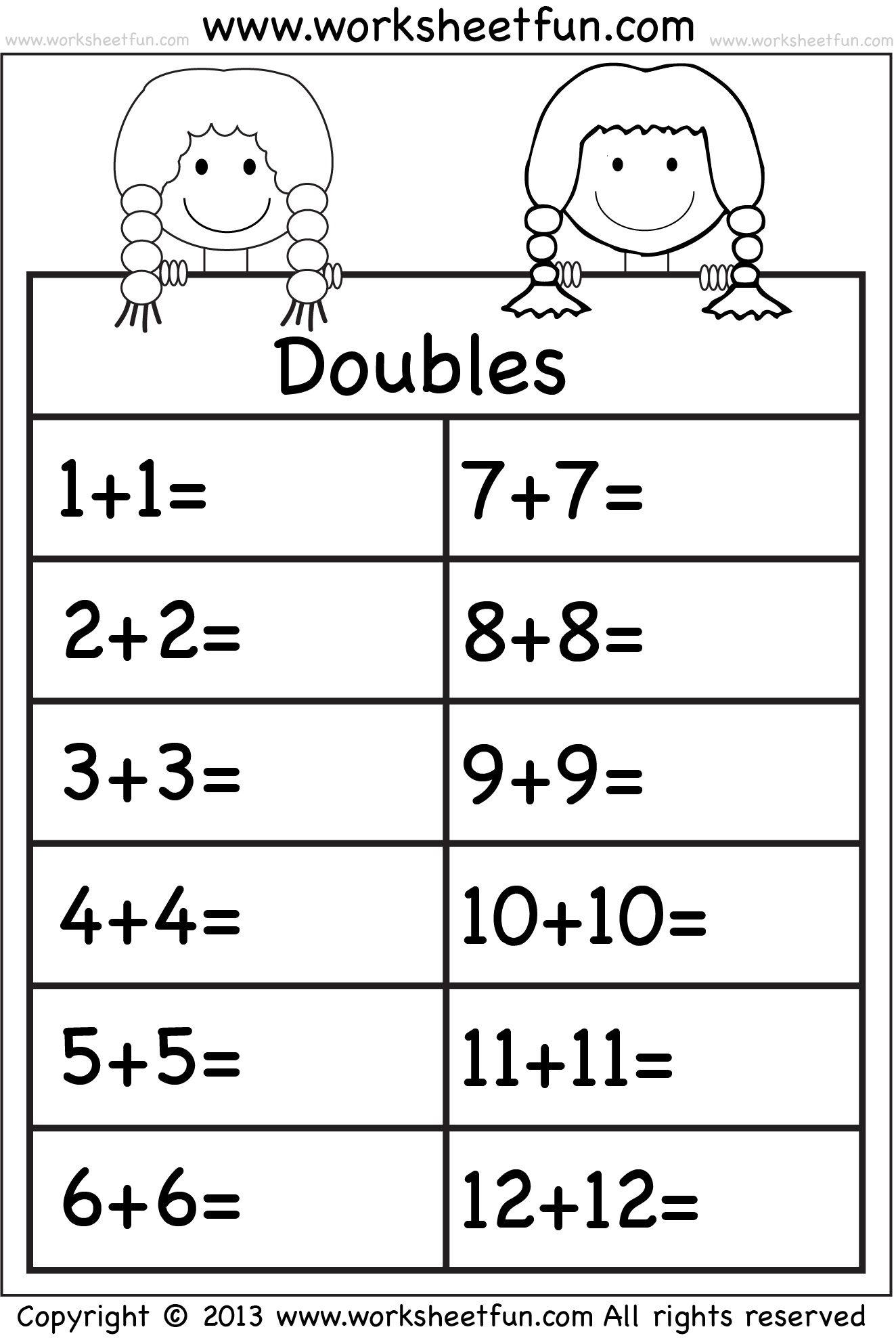Synthetic Division Practice Worksheet: Master Polynomials Easily

Polynomial division can be an intricate process, but it becomes significantly manageable with the introduction of synthetic division. Synthetic division is a streamlined form of polynomial long division, designed specifically for dividing by polynomials in the form (x - c). In this comprehensive guide, we'll explore how to master polynomials through synthetic division, providing you with practical exercises to solidify your understanding.
Understanding Synthetic Division

Synthetic division is a shorthand method of polynomial division that simplifies the process when the divisor is a linear polynomial. Here’s how you perform synthetic division:
- Set up the polynomial in descending order, filling in missing degrees with zeros.
- Write down the divisor’s root © to the left of the vertical line.
- Bring down the leading coefficient of the dividend to the bottom row.
- Multiply this value by c and place the result under the next coefficient of the dividend.
- Add the coefficients vertically.
- Repeat the multiplication and addition for all coefficients.
The final row gives you the quotient and remainder. This method simplifies the division process and is highly efficient for polynomials of any degree when divided by a linear polynomial.
Practice Worksheet

Below are a series of problems to help you practice synthetic division. Follow the steps outlined above to solve each problem.
Problem 1: Division by x + 3

Divide f(x) = x3 - 4x2 + 5x + 10 by (x + 3)
| 1 | -4 | 5 | 10 | |
| -3 | -3 | 21 | -78 | |
| 1 | -7 | 26 | -68 |

The quotient is x2 - 7x + 26 and the remainder is -68.
Problem 2: Division by x - 2

Divide g(x) = x4 + 3x3 - 5x2 + 2 by (x - 2)
| 1 | 3 | -5 | 0 | 2 | |
| 2 | 2 | 10 | 10 | 20 | |
| 1 | 5 | 5 | 10 | 22 |
The quotient is x3 + 5x2 + 5x + 10 and the remainder is 22.
🧠 Note: Keep in mind that when the divisor is x - c, you would use c in synthetic division; for x + c, use -c.
Why Synthetic Division?

Synthetic division offers several advantages:
- It’s less prone to arithmetic errors since it involves only simple arithmetic operations.
- The method is quick and reduces the time spent on long division.
- It’s particularly useful in evaluating polynomials and finding roots.
- It provides insight into polynomial behavior, especially with regards to the Remainder Theorem.
Common Pitfalls and Tips

When practicing synthetic division, here are some common mistakes to avoid:
- Forgetting to adjust the sign of c when the divisor is in the form (x + c).
- Misplacing coefficients due to carelessness.
- Incorrectly bringing down the first coefficient without performing the necessary multiplications.
Tips for success:
- Always write polynomials in descending order to ensure you don’t miss any degrees.
- Be meticulous with signs; they can easily be reversed if not careful.
- Check your work by plugging the result back into the division or by graphing to see if it matches the expected behavior.
Applications of Synthetic Division

Synthetic division isn’t just for academic exercises; it’s used in:
- Polynomial root finding (The Rational Root Theorem).
- Calculating function values for complex expressions.
- Deflation methods in polynomial factorization.
Synthetic division, with its systematic approach, not only streamlines polynomial division but also provides valuable insights into the behavior of polynomials. It's an essential tool for anyone dealing with algebra, calculus, or any field requiring polynomial manipulation. By consistently practicing with problems like those in this worksheet, you'll master synthetic division, enhancing your ability to work with polynomials effectively. Moreover, understanding the fundamentals of synthetic division sets a strong foundation for advanced algebraic concepts.
What is synthetic division?

+
Synthetic division is a simplified form of polynomial division when dividing by linear polynomials of the form (x - c). It involves a series of arithmetic operations to find the quotient and remainder efficiently.
Why is it called ‘synthetic’ division?

+
The term ‘synthetic’ comes from its synthetic or artificial approach to polynomial division, contrasting with the traditional long division. It reduces the operation to a series of simple steps, making it ‘artificial’ or ‘invented’ for ease of calculation.
Can synthetic division be used for any polynomial?

+
Yes, synthetic division can be used for polynomials of any degree, provided the divisor is a linear polynomial of the form (x - c).



